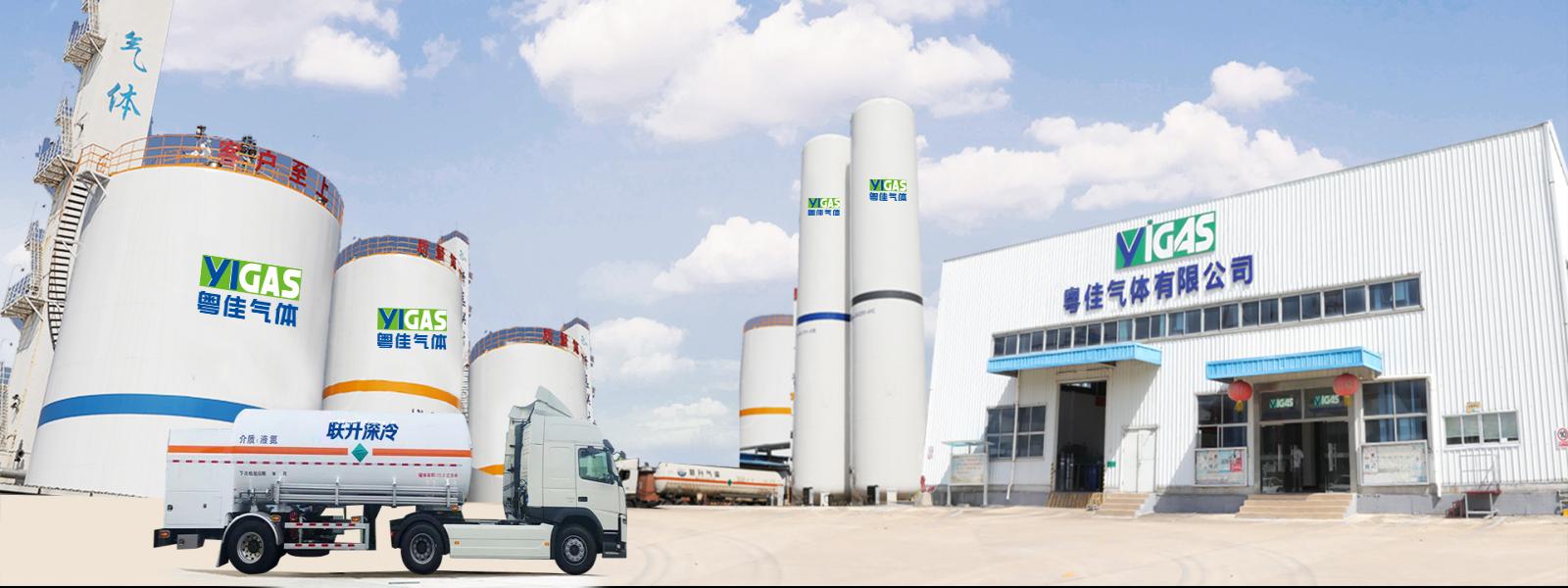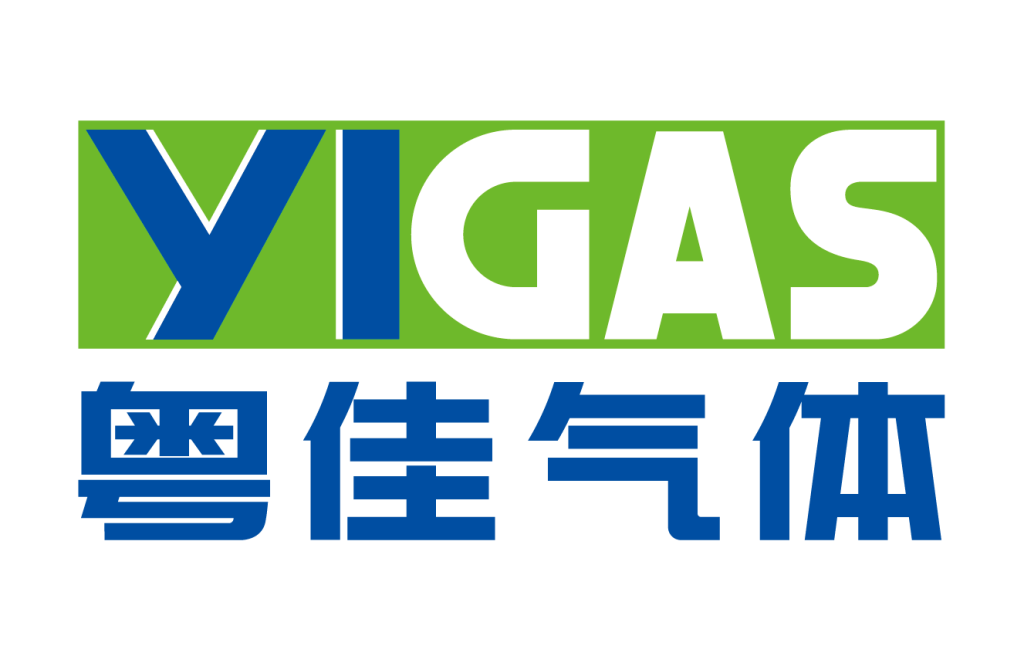Gas cylinders are essential across various industries, from welding and healthcare to food processing and semiconductor manufacturing. Understanding the different types of gas cylinders is critical for ensuring safety, efficiency, and the appropriate application of gases. In this article, we will explore the four main types of gas cylinders used in industrial and commercial settings. We also highlight key products from YIGAS Group, one of China’s largest and most trusted industrial gas manufacturers.

Table of Contents
- Introduction to Gas Cylinders
- Type 1: Seamless Steel Gas Cylinders
- Type 2: Composite Wrapped Gas Cylinders
- Type 3: Fully-Wrapped Aluminum Composite Cylinders
- Type 4: Fully-Wrapped Polymer Liner Composite Cylinders
- Applications of YIGAS Industrial Gases
- How to Choose the Right Gas Cylinder
- About YIGAS Group
- Summary Table: Gas Cylinder Types at a Glance
Introduction to Gas Cylinders
Gas cylinders are high-pressure containers used to store compressed or liquefied gases safely. Each type of gas—flammable, inert, or reactive—requires a specific kind of cylinder depending on the gas’s properties and usage conditions.
Common Industrial Gases
- Acetylene Gas: Used in medical welding and surgical procedures
- Argon Gas: Inert gas used in cryosurgery and diagnostics
- Carbon Dioxide: For insufflation in surgeries
- Ethylene Gas: Applied in sterilization
- Helium Gas: For respiratory assistance, especially in neonatal care
- Methane Gas: Specialized uses in laboratory settings
Type 1: Seamless Steel Gas Cylinders
Type 1 gas cylinders are made from a single piece of seamless steel and are the most traditional and widely used type. They are known for their durability and high-pressure resistance, making them ideal for industrial gases like oxygen, nitrogen, and methane.
Features
- Made of seamless high-strength steel
- High-pressure tolerance (up to 300 bar)
- Reusable with long service life
- Common in industrial welding and cutting
Best Used For
- Acetylene Gas and Methane Gas distribution
- Heavy industrial applications
- Oil and gas pipelines and fieldwork
Type 2: Composite Wrapped Gas Cylinders
Type 2 cylinders feature a metal liner wrapped in glass fiber or carbon fiber composite. They are significantly lighter than Type 1 while maintaining strength, which makes them ideal for portable uses.
Features
- Metal base liner (usually aluminum)
- Wrapped in fiber composites
- Weight savings of 30%–40% over steel
- Intermediate pressure tolerance (up to 250 bar)
Best Used For
- Carbon Dioxide cylinders for beverage dispensers
- Helium Gas for portable lab use
- Breathing apparatus and rescue kits
Type 3: Fully-Wrapped Aluminum Composite Cylinders
Type 3 cylinders consist of a thin aluminum liner wrapped entirely in carbon or glass fiber composite. These are high-performance cylinders used in specialized applications.
Features
- Full composite wrap with aluminum liner
- Lightweight and corrosion-resistant
- High-pressure handling with safety design
- Expensive but long-lasting
Best Used For
- Argon Gas in aerospace and electronics
- Helium Gas in high-altitude ballooning
- Medical-grade gas storage
Type 4: Fully-Wrapped Polymer Liner Composite Cylinders
Type 4 gas cylinders are the most modern option, featuring a full composite wrap around a polymer (plastic) liner. They offer exceptional weight savings and are often used in transportation and fuel storage.
Features
- Plastic liner with full carbon fiber wrap
- Extremely lightweight—up to 70% lighter than steel
- Resistant to corrosion and fatigue
- Advanced safety and structural integrity
Best Used For
- Methane Gas or CNG in vehicle fuel tanks
- Ethylene Gas for controlled agriculture environments
- Remote or mobile industrial operations
Applications of YIGAS Industrial Gases
YIGAS Group offers a diverse range of gases used in multiple industrial sectors. Here’s how their products align with the cylinder types discussed:
- Acetylene Gas: Best stored in Type 1 steel cylinders for welding and cutting applications.
- Argon Gas: Frequently stored in Type 3 cylinders for shielding gas in high-end welding.
- Carbon Dioxide: Commonly stored in Type 2 cylinders for beverage and fire control systems.
- Ethylene Gas: Stored in Type 4 polymer-based cylinders for agriculture and chemical use.
- Helium Gas: Versatile across Type 2 and Type 3 cylinders, used in medical and research industries.
- Methane Gas: Stored in Type 1 or Type 4 cylinders for industrial fuel applications.
How to Choose the Right Gas Cylinder
Factors to Consider
- Type of gas: Flammable, inert, oxidizing, or corrosive gases need specific cylinder materials.
- Application: Mobile use, industrial use, or medical use all affect cylinder type.
- Pressure requirements: Higher pressures demand stronger, possibly composite materials.
- Cost and weight: Steel is affordable but heavy; composites are lighter but costlier.
About YIGAS Group

YIGAS Group is a comprehensive industrial gas manufacturer founded in 1993, headquartered in China. With over 30 years of experience, the company serves more than 5,000 clients globally. In 2012, the business expanded into a group enterprise, building a full-service distribution network across the Pearl River Delta and beyond.
Key Highlights
- Over 500 million yuan in assets
- 30+ years of experience in industrial gas production
- Full product portfolio: Acetylene, Argon, CO₂, Ethylene, Helium, Methane
- Export-ready solutions for global industrial clients
Summary Table: Gas Cylinder Types at a Glance
| Type | Material | Weight | Pressure Tolerance | Ideal For |
|---|---|---|---|---|
| Type 1 | Seamless Steel | Heavy | High (up to 300 bar) | Methane, Acetylene, Welding |
| Type 2 | Metal + Composite Wrap | Medium | Medium (up to 250 bar) | CO₂, Helium, Beverage Use |
| Type 3 | Aluminum + Full Composite Wrap | Light | High | Argon, Medical Helium |
| Type 4 | Polymer Liner + Composite | Very Light | High | CNG, Ethylene, Mobile Use |

